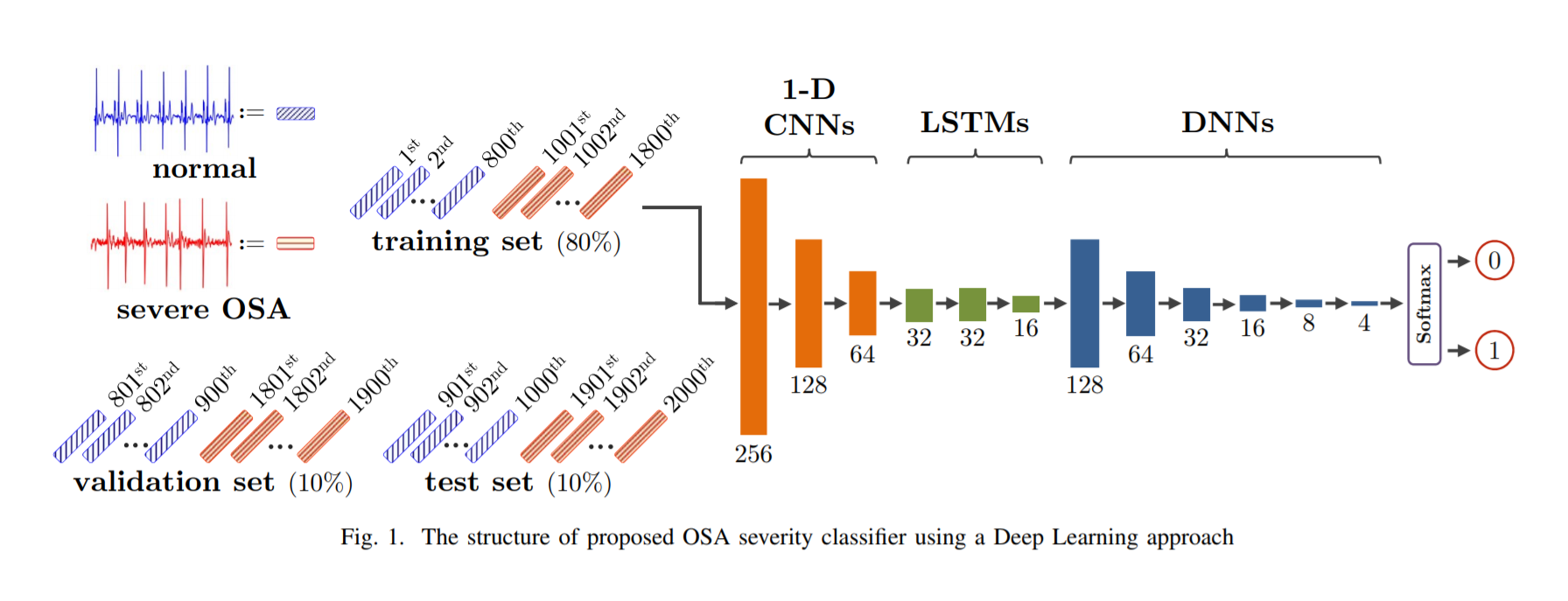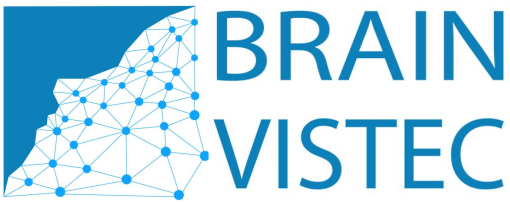BRAIN lab has started collaboration with Associate Professor Dr. Ekkarat Boonchieng who founded Center of Excellence in Community Health Informatics (CEOICHI)
By incorporating computational model into Big Data from CEOICHI, we aim to improve the medical making decision in Healthcare.

Center of Excellence in Community Health Informatics has established since 2016.
The founder and first director of COE is Associate Professor Dr. Ekkarat Boonchieng.
The COE is funded by Chiang Mai University and has a main mission on spinning out the research related to community health informatics.
Research team are from different faculties members including:
Faculty of Science
Faculty of Engineering
Faculty of Nursing
Faculty of Medicine
Faculty of Public Health
With external financial supporting from governmental organization, we are a non-profit research group that working for improve country in healthcare perspectives.
Single Channel ECG for Obstructive Sleep Apnea Severity Detection using a Deep Learning Approach
 Abstract: Obstructive sleep apnea (OSA) is a common sleep disorder caused by abnormal breathing. The severity of OSA can lead to many symptoms such as sudden cardiac death (SCD). Polysomnography (PSG) is a gold standard for OSA diagnosis. It records many signals from the patient’s body for at least one whole night and calculates the Apnea-Hypopnea Index (AHI) which is the number of apnea or hypopnea incidences per hour. This value is then used to classify patients into OSA severity levels. However, it has many disadvantages and limitations. Consequently, we proposed a novel methodology of OSA severity classification using a Deep Learning approach. We focused on the classification between normal subjects (AHI < 5) and severe OSA patients (AHI > 30). The 15-second raw ECG records with apnea or hypopnea events were used with a series of one-dimensional Convolutional Neural Networks (1-D CNN) for automatic feature extraction, deep recurrent neural networks with Long ShortTerm Memory (LSTM) for temporal information extraction, and fully-connected neural networks (DNN) for feature encoding from a large number of features until it closed to two classes. The main advantages of our proposed method include easier data acquisition, instantaneous OSA severity detection, and effective feature extraction without domain knowledge from expertise. To evaluate our proposed method, 545 subjects of which 364 were normal and 181 were severe OSA patients obtained from the MrOS sleep study (Visit 1) database were used with the kfold cross-validation technique. The accuracy of 79.45% for OSA severity classification with sensitivity, specificity, and F-score was achieved. This is significantly higher than the results from the SVM classifier with RR Intervals and ECG derived respiration (EDR) signal feature extraction. The promising result shows that this proposed method is a good start for the detection of OSA severity from a single channel ECG which can be obtained from wearable devices at home and can also be applied to near realtime alerting systems such as before SCD occurs. For more details, see Banluesombatkul et al., TENCON., 2018.
Abstract: Obstructive sleep apnea (OSA) is a common sleep disorder caused by abnormal breathing. The severity of OSA can lead to many symptoms such as sudden cardiac death (SCD). Polysomnography (PSG) is a gold standard for OSA diagnosis. It records many signals from the patient’s body for at least one whole night and calculates the Apnea-Hypopnea Index (AHI) which is the number of apnea or hypopnea incidences per hour. This value is then used to classify patients into OSA severity levels. However, it has many disadvantages and limitations. Consequently, we proposed a novel methodology of OSA severity classification using a Deep Learning approach. We focused on the classification between normal subjects (AHI < 5) and severe OSA patients (AHI > 30). The 15-second raw ECG records with apnea or hypopnea events were used with a series of one-dimensional Convolutional Neural Networks (1-D CNN) for automatic feature extraction, deep recurrent neural networks with Long ShortTerm Memory (LSTM) for temporal information extraction, and fully-connected neural networks (DNN) for feature encoding from a large number of features until it closed to two classes. The main advantages of our proposed method include easier data acquisition, instantaneous OSA severity detection, and effective feature extraction without domain knowledge from expertise. To evaluate our proposed method, 545 subjects of which 364 were normal and 181 were severe OSA patients obtained from the MrOS sleep study (Visit 1) database were used with the kfold cross-validation technique. The accuracy of 79.45% for OSA severity classification with sensitivity, specificity, and F-score was achieved. This is significantly higher than the results from the SVM classifier with RR Intervals and ECG derived respiration (EDR) signal feature extraction. The promising result shows that this proposed method is a good start for the detection of OSA severity from a single channel ECG which can be obtained from wearable devices at home and can also be applied to near realtime alerting systems such as before SCD occurs. For more details, see Banluesombatkul et al., TENCON., 2018.
